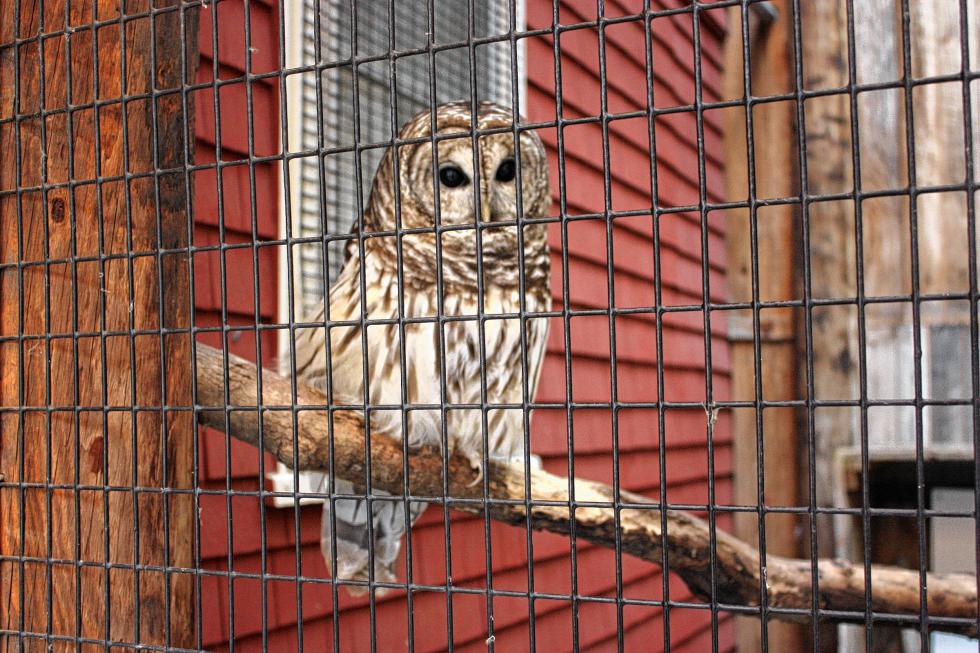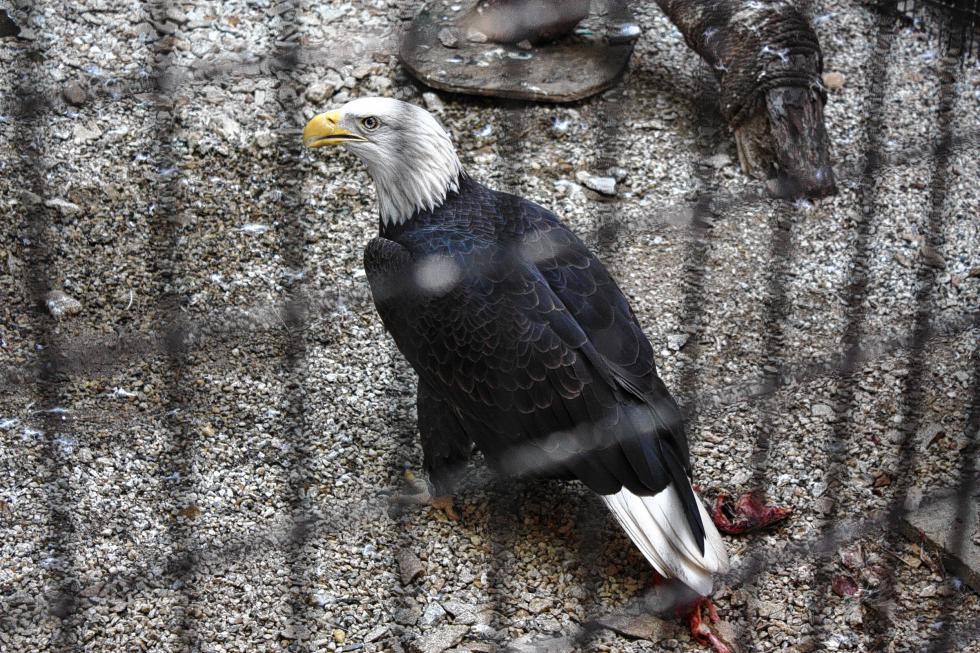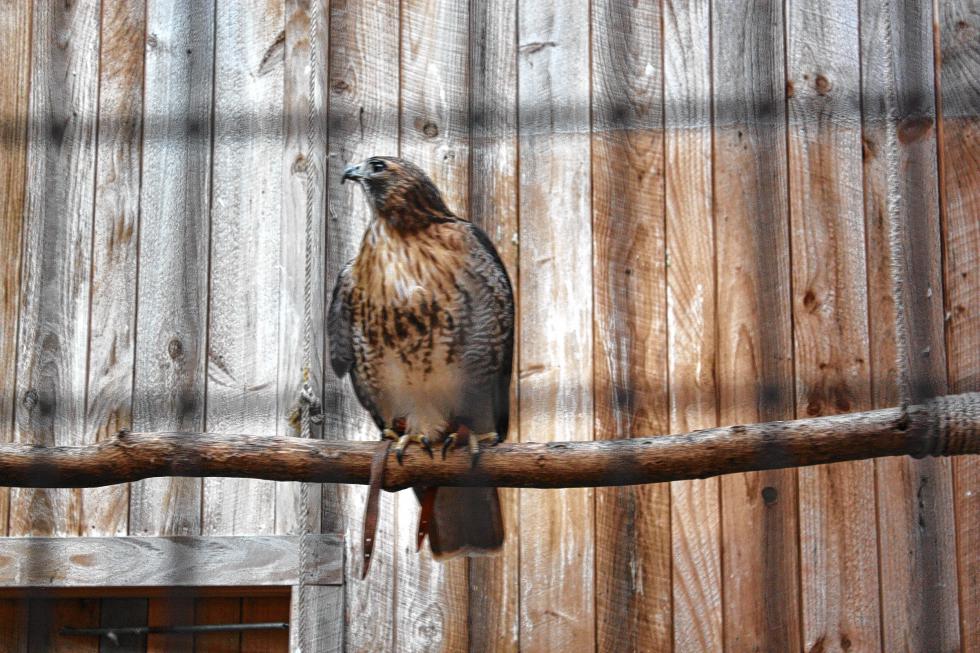One of the signature features of spring is the return of the pleasant chirping of all kinds of birds. Sure, there are still birds around here in the winter, but not nearly as many as there are in spring, especially early spring when the migratory birds are coming back from the South (and some even come South to New Hampshire from Canada).
In that case, it’s the perfect time to learn a little something about a relaxing and easy hobby: birding.
It’s not the practice of acting like a bird – although that’s also a rewarding hobby – it’s the practice of watching birds go about their daily bird lives, and it’s slowly but surely gaining popularity all over the place.
Birding is a hobby anybody can do anywhere. In fact, try this: Look out the window right now. See any birds? Congratulations! You’re birding!
It’s pretty thrilling, isn’t it? And easier than you probably expected, too.
Now, we’ve only really scratched the surface here, obviously. The hobby entails a little bit more than just glancing out your window for a quick second.
But we have no experience with birding here at the Insider. We saw a bird once, but we had no idea what it was or what to make of it, so that was the end of that.
We wanted to find out more about this hobby from somebody who actually knows what they’re doing. Luckily, we found Rebecca Suomala, a biologist at the New Hampshire Audubon McLane Center and an experienced, avid birder.
First of all, there are a couple different kinds of birders.
“Some just like to look at their feeders,” Suomala said. “Others like to go out and find birds just anywhere.”
Suomala is a pretty hard-core birder, so she is definitely one of the ones who likes to go out and explore. She’s even made special trips, driving to places like Pittsburg and Windham, to catch a glimpse of some “mega rarities” – birds you almost never get the chance to see. But not everyone has to take it to that level.
“Many people got started watching at home,” Suomala said.
When you’re just starting out, one of your first goals is being able to identify a bird by sight. Once you get the hang of that, you can start learning each bird’s sound to develop your “birding by ear” skills. Before you know it, you’ll be able to identify every little chirp you hear in the background of your day.
It’s a hobby that’s not as much about amassing things as it is about experiencing things. There’s almost nothing you absolutely need to buy to participate in the hobby, although binoculars and a field guide are very handy.
Some birders are into taking pictures to document their hobby, but many people do it just for fun, no cameras required. Some even document their experiences through words, which can be shared on a number of websites and various forums. The internet has become a great resource for the birding community, Suomala said.
Suomala likes to document her experiences at ebird.org/nh, a database for reporting bird sightings and researching places to go birding. This is the New Hampshire chapter of a national database.
There’s also nhbirdrecords.org, with information on birds and birding in the Granite State, including the N.H. Birds email list, birding publications and other birding resources.
For bird walks by local chapters, go to the N.H. Audubon’s Events and News – Calendar page at nhaudubon.org.
If you’re thinking about getting into birding, the Audubon will host a Beginning Bird Identification class May 2 from 6:30 to 8:30 p.m., where you can learn how to identify at least 100 of our most common birds. Space is limited, so jump on it quick if you want to participate.
For more information, go to nhaudubon.org or contact Ruth Smith at rsmith@nhaudubon.org or 224-9909, ext. 313.











